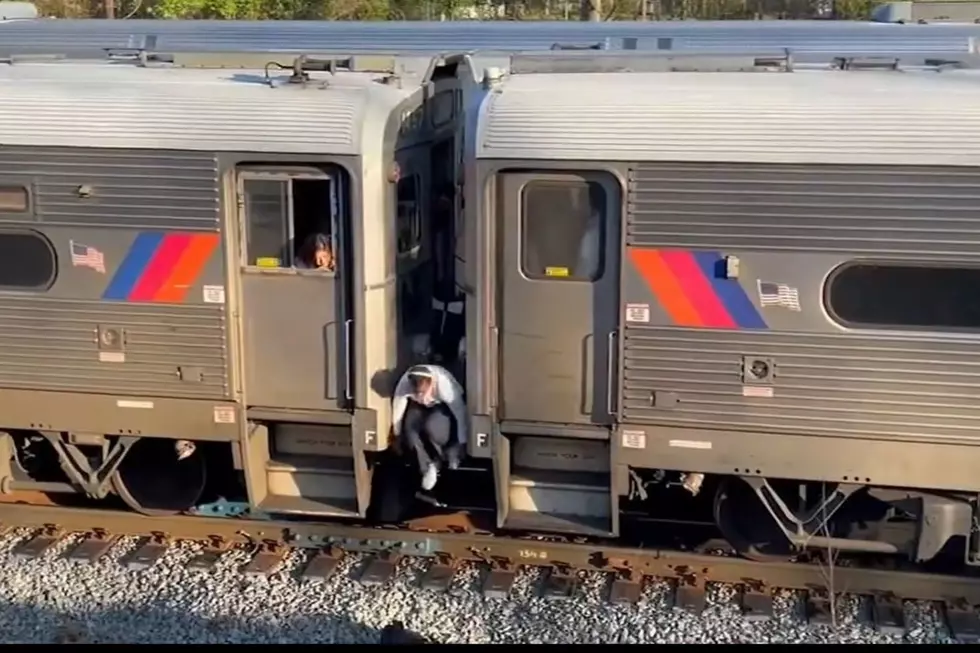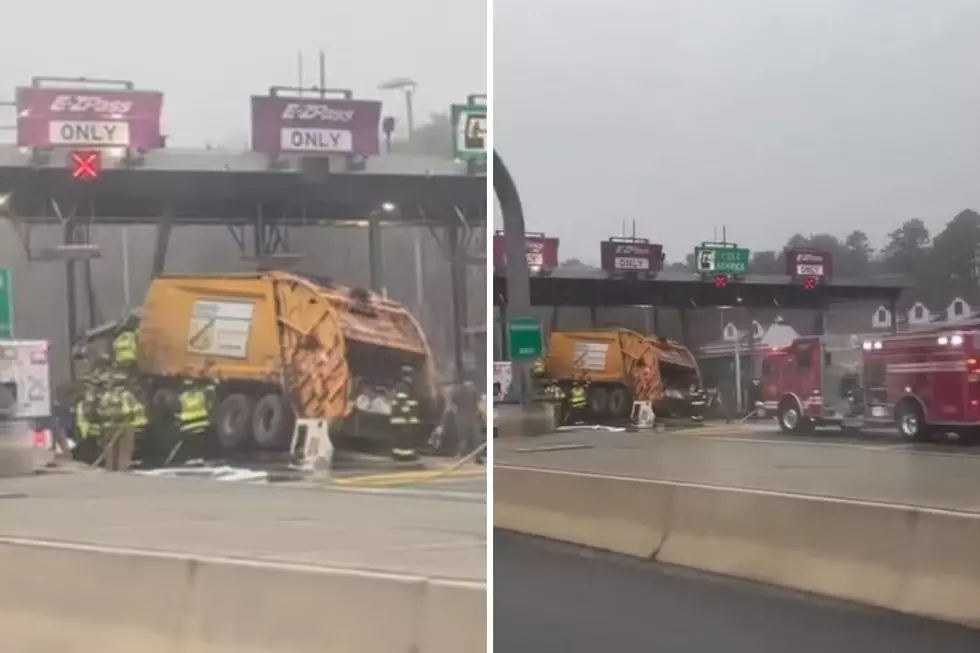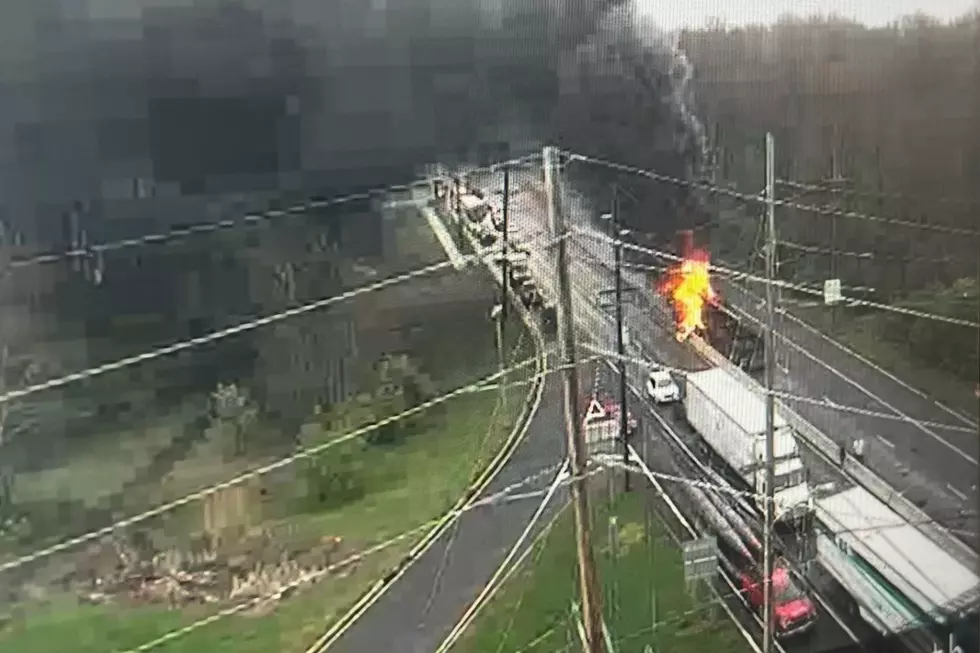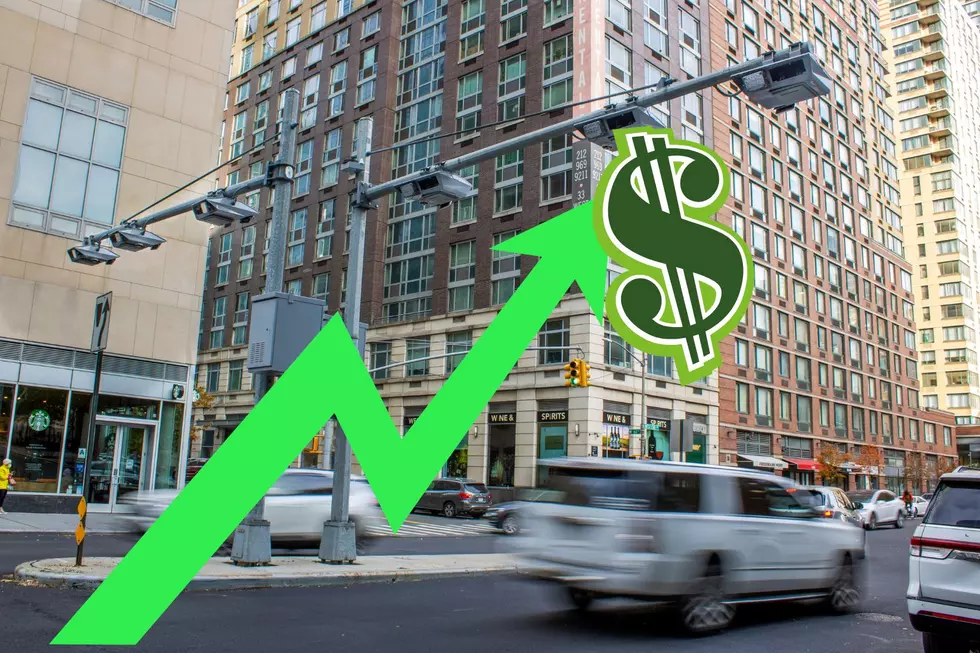
Fares set to rise on NYC’s mass transit
NEW YORK (AP) -- Commuters, brace yourselves: The price of traveling on New York City's mass transit system is about to get even steeper.
Fare increases will kick in across the board Sunday on the city's subways, buses, commuter trains, bridges and tunnels, part of a series of fare increases in recent years built into the cash-strapped Metropolitan Transportation Authority's budget. The latest come at a time when commuters are fed up with increasing delays on subways and trains that got worse over the course of a difficult, snowy winter that wreaked havoc on the rails.
At busy Penn Station on Friday morning, several people wondered: Why are fares increasing when service seems to be deteriorating?
"I think it's unfair. The trains are always late, overcrowded. They're dirty," said Joelle Torres, who commutes from her Long Island home in Coram to Manhattan's Beth Israel Medical Center, taking the Long Island Rail Road and the subway. "You can't really rely on them. But yet the fares keep going up, and we're not really getting any service."
The base fare for subways and buses will go up by 25 cents to $2.75, while the price of a 30-day MetroCard will jump by $4.50 to $116.50. The seven-day unlimited ride MetroCard will increase 3.3 percent to $31.
The cost of riding the Long Island Rail Road and the Metro-North Railroad will both rise about 4 percent, though the price will vary depending on the time of day and the distance traveled. At major bridges and tunnels, including the Robert F. Kennedy Bridge, formerly called the Triborough Bridge, and the Queens Midtown Tunnel, E-ZPass tolls will go up 21 cents to $5.54.
While the fare increase is cheaper than the one MTA had originally planned, it's still the fifth increase in six years, said Gene Russianoff, staff attorney for the Straphangers Campaign, an advocacy group for subway riders.
"Riders are weary and angry," Russianoff said. "The outlook for future fares is very gloomy unless Gov. Andrew Cuomo finds new revenues to fill a $15 billion gap in funding vital rebuilding need over the next five years."
Subway delays increased by about 45 percent from 2013 to 2014, according to MTA records. In the past week alone, multiple track fires on the 7 train infuriated the people who rely on it to travel from Queens to Manhattan. And on the perennially overcrowded L train, the main link between Manhattan and Brooklyn's Williamsburg, trains were halted by a broken rail and a "rail condition" on two consecutive days, causing lengthy delays during rush hour.
Transit officials say increased ridership and aging infrastructure are partly to blame for the delays. And they stand to worsen if the state legislature doesn't come up with the $15 billion to fund the MTA's proposed capital budget, which will pay for sorely needed mechanical system-wide improvements.
"The cost of running New York's mass transit network keeps rising, but by cutting more than $1 billion from our annual expenses, the MTA has been able to hold fare and toll increases down to the equivalent of 2 percent a year, with the lowest increases for our most frequent customers," the MTA said in a statement earlier this week.
It would be nice to see the fare increases put toward cleaning the city's filthy subway stations, said Cathy Aison, 75, who lives in Manhattan.
"They look like third-world subway stations. If you travel around Europe or Asia, they're gorgeous and clean. In Japan, you can eat off the floor," she said. "I don't think you could do that here."
Subway ridership is at an all-time high, with about 6 million people on the busiest days. Last fall, the MTA recorded 149 million passengers in the month of September, a record.
(Copyright 2015 The Associated Press. All rights reserved. This material may not be published, broadcast, rewritten or redistributed.)
More From New Jersey 101.5 FM









